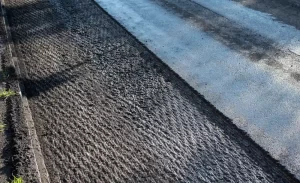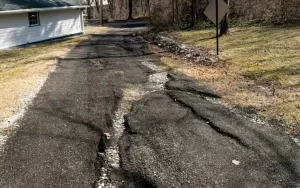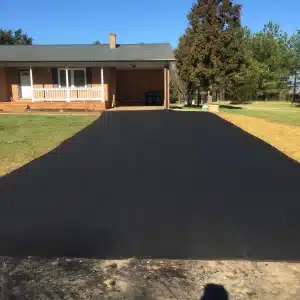Welcome to our comprehensive guide on navigating the permits and regulations involved in constructing subdivisions with asphalt roads. In this blog, we will delve into the intricate world of subdivision construction, shedding light on the various permits and regulations you need to be aware of. By understanding and complying with these requirements, you can ensure a successful and compliant project. Let’s get started!
Understanding Zoning and Land Use Regulations
Before embarking on any subdivision construction project, it’s essential to grasp the significance of zoning and land use regulations. Zoning designations and restrictions play a crucial role in determining the allowable land use within a particular area. Familiarize yourself with the zoning codes and comprehensive development policies to ensure your project aligns with the designated land use.
Environmental Permits and Regulations
Building subdivisions involves careful consideration of the environment. Obtaining the necessary environmental permits is vital to protect natural resources and mitigate potential impacts. Focus on stormwater management and erosion control to prevent water pollution during and after construction. Additionally, be aware of wetlands and protected areas, ensuring compliance with regulations to preserve these valuable ecosystems.
Road Construction Permits
Constructing asphalt roads within subdivisions requires specific permits. Building and construction permits are necessary to commence the road construction process. Additionally, right-of-way permits grant permission to use public land for road development. Don’t forget utility permits, which enable you to connect necessary services like water, electricity, and sewer to the subdivision.
Compliance with Transportation Standards
To ensure safe and efficient transportation within the subdivision, compliance with transportation standards is crucial. Adhering to design and engineering standards for road construction guarantees the longevity and quality of the roads. Conduct a traffic impact assessment to evaluate the potential effects of increased traffic and devise appropriate solutions. Furthermore, prioritize accessibility by complying with the Americans with Disabilities Act (ADA) to accommodate individuals with disabilities.
Navigating Subdivision Regulations
Subdivision regulations dictate the layout and development of the subdivision. Engage in the platting and subdivision approval process, which involves submitting plans and obtaining approval from relevant authorities. Pay attention to lot size and density requirements to ensure compliance. Furthermore, infrastructure requirements, such as water and sewer connections, must be fulfilled to provide essential services to future residents.
Construction Codes and Standards
High-quality asphalt roads are built in accordance with construction codes and standards. Familiarize yourself with asphalt pavement specifications, including the appropriate thickness and compaction requirements. Focus on establishing a robust base and subbase to provide a stable foundation for the road. Additionally, implement effective drainage and stormwater management systems to prevent water damage.
Utility Coordination and Permits
Coordinating with local utility companies is essential to ensure a smooth integration of utility services within the subdivision. Obtain permits for utility installations and connections, coordinating with utility providers to meet their requirements. Clear communication and coordination will prevent delays and ensure efficient utility provision.
Compliance with Construction Safety Regulations
Prioritize the safety of workers and the public during subdivision construction. Comply with Occupational Safety and Health Administration (OSHA) regulations and safety guidelines to create a safe working environment. Implement traffic control measures to safeguard both construction workers and the traveling public. Provide proper personal protective equipment to workers to mitigate potential hazards.
Navigating Permits and Regulations for Building Subdivisions with Asphalt Roads
By navigating the permits and regulations associated with building subdivisions with asphalt roads, you are equipped to embark on a successful and compliant construction journey. Understanding zoning and land use regulations, environmental permits, road construction permits, compliance with transportation standards, subdivision regulations, construction codes, utility coordination, and construction safety regulations are key to achieving a thriving subdivision. Remember to consult with local authorities and professionals to ensure full compliance and create a sustainable community.







